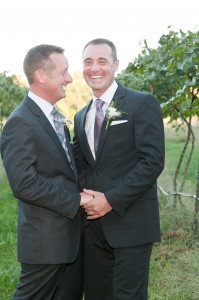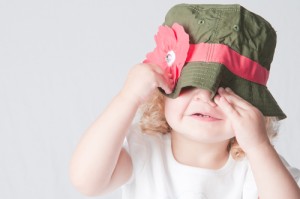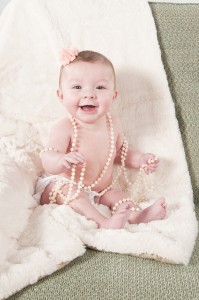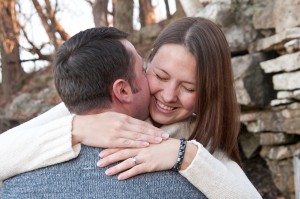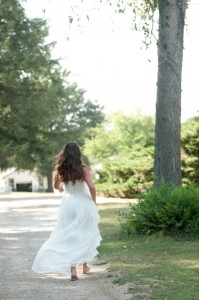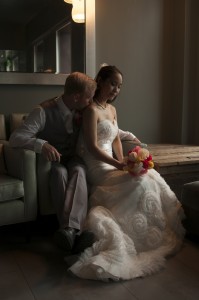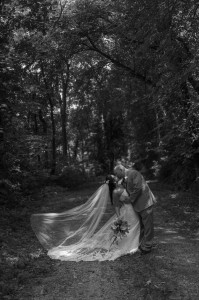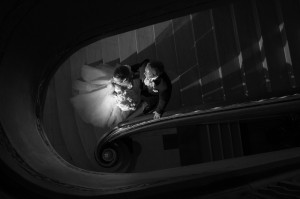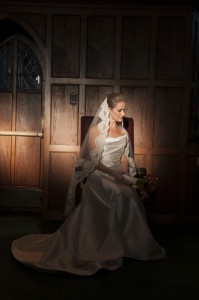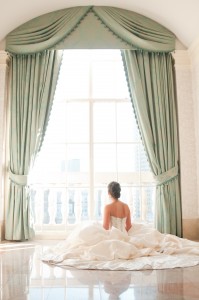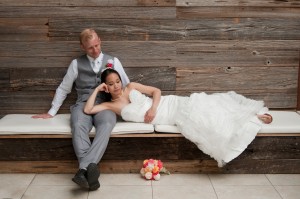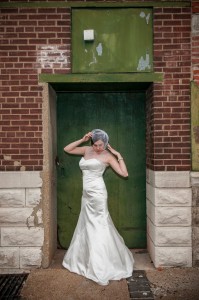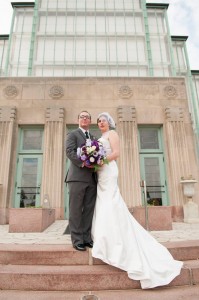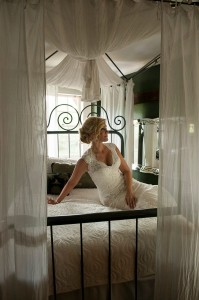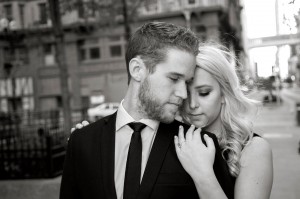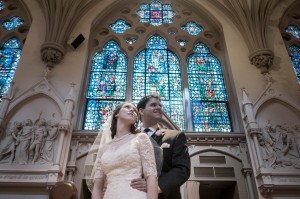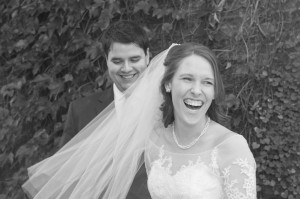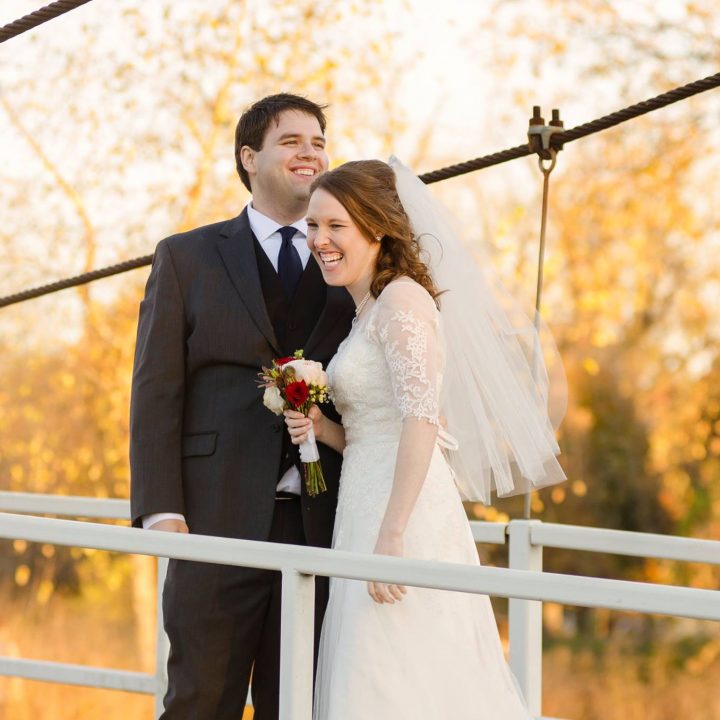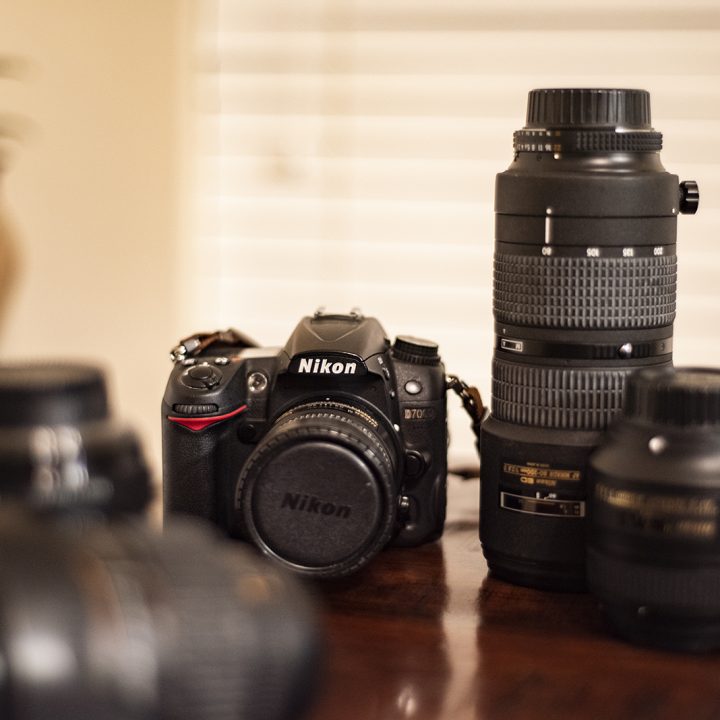Photography Style
I am commonly asked the question, “What is your photographic style?” While I am never offended by this question, it is hard to answer. The BEST photographer ensures that your wedding day reflects YOU and the beauty of your day. Typically, I call up the photo gods for a variety of approaches within any given wedding day or family session. Usually, after speaking with a couple, and early on in their session, you fall naturally into an approach that feels natural and reflective of the couple’s personality.
When I am photographing a couple who has planned a lot of activities for their wedding party: champagne toasts or turtle races for example (OK so perhaps I have not witnessed a wedding day turtle race, but it would be a pretty awesome activity) your day naturally takes on a more photojournalistic feel (unposed/unplanned). However, some couples are more conservative and looking for a touch more hands on approach from their photographer. In which case, their photographs tend to look a little more dramatic and/or traditional. I realize “traditional” has a tendency to be a dirty word in the wedding photography industry. Most couples bring up imagery of their parents or grandparents wedding photography. However, that couldn’t be further from the truth! The intent of this blog is to help wedding couples and families looking for a photographer that fits their “style”, help themselves and know EXACTLY what they are asking for out of their photographer.
Photojournalistic: In it’s most pure form, and to anyone in the photography industry who has taken any formal training knows, photojournalism is a complete lack of alteration on the part of the photographer. The rule of thumb, to professional photojournalists, is objectivity and non-interference. A family or wedding photographer who strictly works as a photojournalist, if holding to their self-fulfilling title, will not pose, move, or alter you in any way during the session. They are simply there to watch and take serendipitous moments when they come together for the “decisive moment”, as coined by the infamous French photographer Henri Cartier-Bresson. Photojournalists also tend to only use 1 flash. Mostly out of necessity rather than inability to develop more sophisticated setups. Think about it. Things are moving quickly and changing directions and locations, photojournalists simply don’t have the capability to haul around a ton of lighting gear in most circumstances. They have to be quick and able to adjust on the fly to where their subjects are located and the direction they are facing. Therefore, photojournalism also has an element of the accidental wrapped in it’s lens.
If you are like me, and a bit awkward in front of the camera, this is certainly not the approach that works well with my tendency to pull my chin inward creating multiple chins while half blinking and scowling like a rapid chipmunk eating chocolate. (quite the visual, I know)
Lifestyle: (sometimes called illustrative) This is one of the newest trends in the portrait industry (from my qualitative observation) that fulfills that need of individuals to “capture the moment” and natural interaction between themselves and the people they love. Lifestyle photography tends to work only with natural lighting, or very little interference from the photographer on the lighting front. Also, the photographer may help you pose or position the family members and then let you take the lead. Think of lifestyle photography as the planned accidental.
I have found this approach works well for families/couples/individuals who have a great natural chemistry with their significant other. Do you laugh at each other often? Do your kids giggle when tickled, or scream and scowl? (depends on the day, I know) However, if you are uncomfortable with the camera and have a tough time relaxing when you know you are being photographed, this could also prove to be difficult. Partly, it is your photographer’s job to help develop a trust between photographer and client so you are completely comfortable with being photographed. But, I think we all know, no matter how personable your photographer is (and I’m pretty damn personable) some people are unable to separate the preprogrammed need to look and force a smile when the camera comes up. I call it the, “hyper awareness of the photographer” problem. Catchy phrase, I know. lol You know what? That is OK! There are other options to create really beautiful memories for you and your family/significant other.
High Fashion: High fashion photography is a unique style that often requires some formal training for your photographer to have mastered. You will be able to see in their work almost immediately if this is a tendency this photographer leans towards. Think fashion run way, Vogue, Harpers Bazaar… you get the idea. Fashion photography has a tendency to have a more stiff posing style guide combined with some action. For example, “Grab the bottom of your dress and spin, like the princess that you are.” Fashion photography adds a element of drama to the subject and your wedding/family session looks like a magazine spread from Vogue (in my opinion, there is NOTHING wrong with that! Sexy!). Your photographer might require some additional time to set up the lighting and the pose. So, patience and trust is going to be key. If you do not allow your photographer the time to setup the shot, it’s going to look incomplete or sloppy.
This style does require a very special photographer to pull off, and you need to be willing, as the client/subject, to trust the eye of the photographer. If they have you twisted up like a pretzel and looking off in the distance like a small, lost puppy, they are certainly seeing something that you are not feeling in that moment. Occasionally, I find it’s easier to show my clients a couple of the best photos in camera to help develop that trust. “See, I know that felt bizarre, but look how freakin’ gorgeous you are!” If you aren’t a full time model, a very difficult job that really does require a very specific skill set, it can feel strange posing for this type of session.
Classic: (also known as traditional) Classic photographic style is something that every photographer needs to keep in their arsenal, even if it is for nothing more than the posed family portraits after the ceremony. (You know, stand in a line, tallest in the back, and SMILE!) It is imperative that your photographer understand the basics of posing (EX:the rule of the triangle and where people should and should NOT place their hands.) Even if it is the least exciting part of the day for photography, the family portraits, typically post-ceremony, are important. This is the most visible place classic photography reigns king during any wedding day. However, the classic photographer also brings a timeless feel to your wedding day. Remember, you will not stop looking at your wedding and family photos in a year or even two. If everything goes well, you will look at these images the REST of your life and then pass them along to your children (if that is the route you choose for yourself). They become family heirlooms. Have you ever looked at an older family member’s wedding/family photos and thought, “Wow, that is classy and timeless”? If so, you might be into the classic/traditional photographic style. Typically, your photographer will set up additional off camera lighting and carefully control your pose all the way down to the position of your head and hands, not terribly unlike fashion photographers. However, the big difference between classic style photography and fashion photography is WHAT the pose is and the lighting ratios. Fashion photography has more drama. Classic photography tends to have more even and controlled lighting (it looks effortless, but rest assured it’s actually a delicate balance of multiple controls to achieve that effect). If you are familiar with the terms “hard fall off” and “soft fall off” and the imagery associated, a “hard fall off” is more likely to be found (but not necessarily the rule) for fashion photography, and “soft fall off” is the most commonly used ratio for classic photography.
By the way, “rustic” isn’t a photography style. lol. If I photograph a “rustic” themed wedding, the photo looks rustic, and my photography style may tend towards the journalistic/lifestyle in response. 😉
In conclusion, it’s important to know what your photographer’s “style” tendencies are, however, you also want to find a photographer with enough experience and training to combine styles to truly make something that is uniquely YOU!
Peruse the photos with the blog, are you able to identify the different photographic styles? Take note when the same couple features multiple different styles! An outfit change, or surrounding venue can frequently alter the photographer’s style! (in this instance, L’Amore Rose Photography)
Instead of asking your photographer “What is your style?” try asking (as a recent client of mine did so brilliantly) “What is your favorite type of photograph to take?”
Because, when your photographer is inspired, your photos will turn out amazing.
